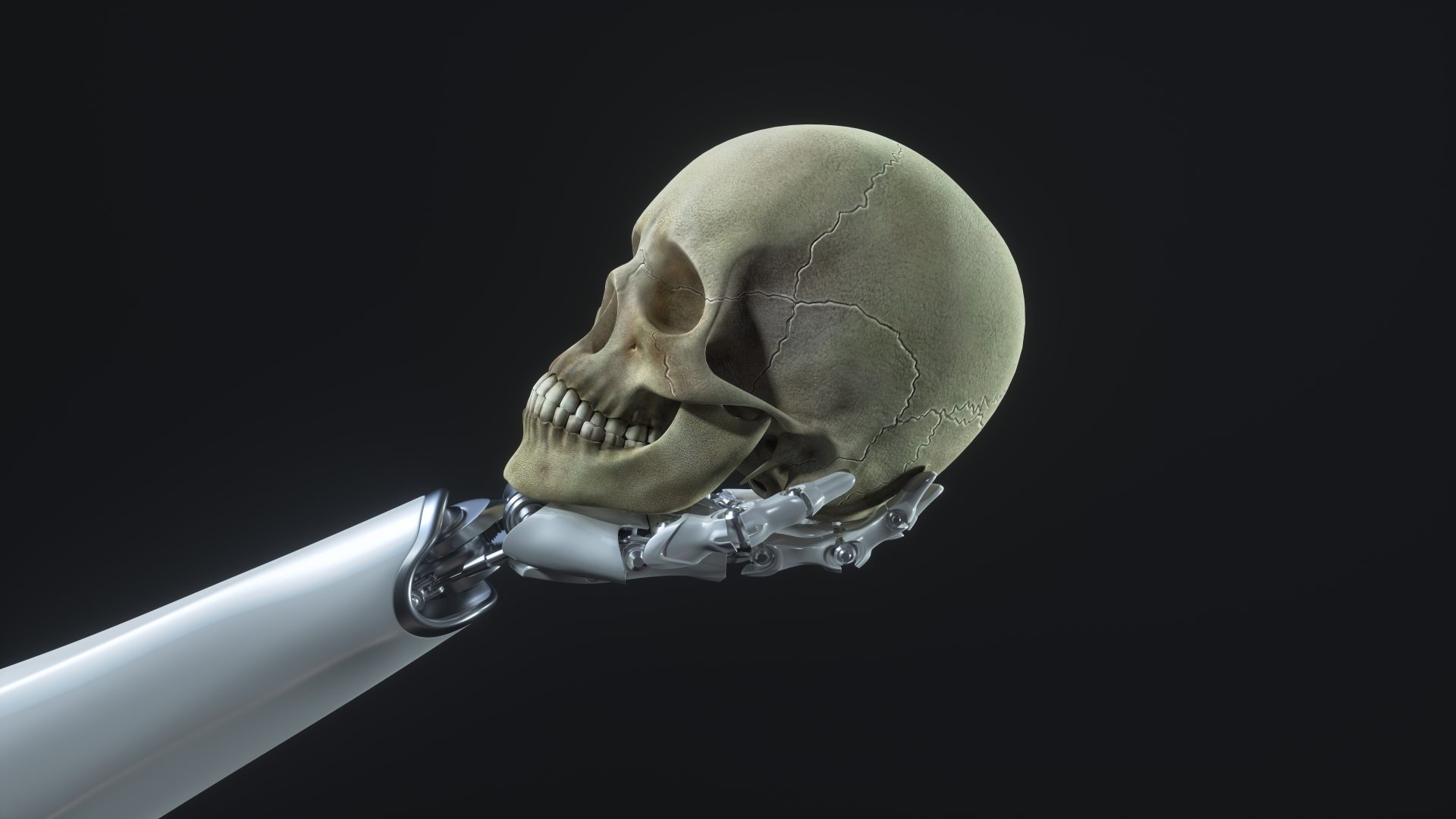
Photo Credit: Xia Yuan
Researchers at Tokyo Univerity created a robot with a face made from living skin.
NPR reports that this innovative technology gives it the ability to smile. It also solves the “uncanny valley” problem that has plagued humanoid robots.
“Uncanny valley” is a term for the human-like appearance of a robot and its emotional responses. Professor Shoji Takeuchi said they “[replicated] human appearance… by creating a face with the same surface material and structure as humans.” The educator is the team leader behind this revolutionary work. Furthermore, he stated they could pinpoint “new challenges, such as the necessity for surface wrinkles and a thicker epidermis.” This helps “… to achieve a more humanlike appearance.”
The living skin attached to the mechanical structure is the key to the robot’s realistic expressions. A collagen gel layer containing human skin cells binds to a system of tiny perforations, allowing the skin to move seamlessly with the underlying robotic framework. Additionally, the actuators power the smiles.
Takeuchi’s Biohybrid Systems Laboratory has been cooking up all kinds of biologically-inspired innovations, from self-healing skin to 35 printed lab-grown meat. However, this latest creation of a smiling robot face is truly next-level!
“Self-healing is a big deal — some chemical-based materials can be made to heal themselves, but they require triggers such as heat, pressure, or other signals…”Takeuchi revealed. He added, “…they also do not proliferate like cells.”
Furthermore, the researcher stated, “Biological skin repairs minor lacerations as ours does.” Moreover, “...nerves and other skin organs can be added for use in sensing…”
Moreover, the researchers say this work could also provide valuable insights into how human wrinkles form. Similar techniques could be used in cosmetics and plastic surgery to achieve more natural-looking results.
Y’all, this robot is out here serving faces and putting the “human” in “humanoid!”